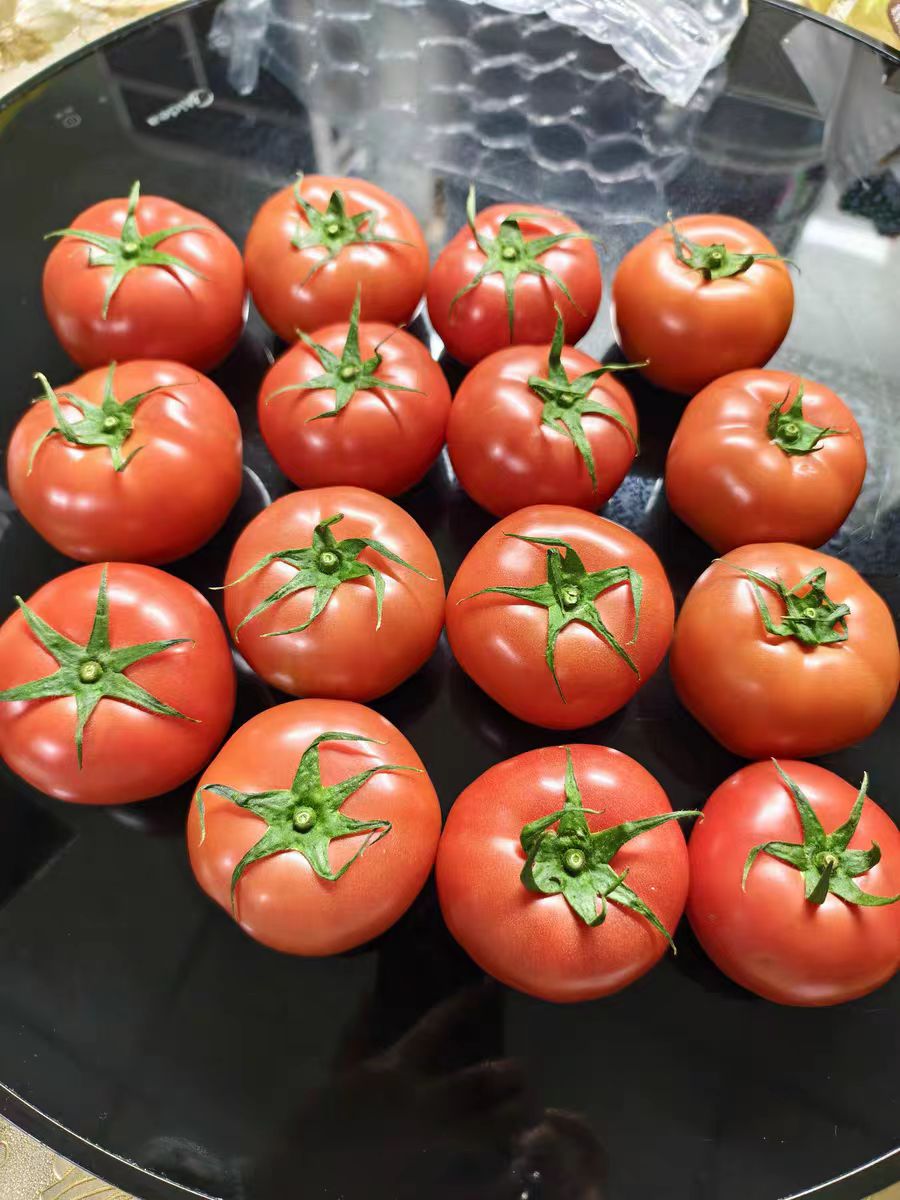When growing tomatoes, pruning is a common practice, which involves removing excess lateral branches from the plant. This allows nutrients to be concentrated on the main stem, flowers, and fruits, resulting in larger and better-quality tomatoes. However, after pruning, wounds are left on the plant, and sterilization is necessary at this time. Why? Because these wounds are like open doors through which pathogens can easily enter, causing diseases such as wilt and gray mold, which may even lead to the death of the entire plant. Therefore, it is essential to disinfect the wounds promptly after pruning.
How exactly should sterilization be performed? The method is not difficult to operate. We can prepare common fungicides such as carbendazim and thiophanate-methyl, dilute the (liquid medicine) according to the instructions, and then apply the to the wounds with a brush or cotton swab. Alternatively, we can use a sprayer to evenly spray the plant, ensuring that the wounds come into contact with the . If there are no fungicides at home, a layer of plant ash can be sprinkled instead. Plant ash itself has sterilizing and disinfecting properties, which can reduce the risk of pathogen infection. In addition, try to prune on sunny days rather than rainy or cloudy days. In rainy weather, the air humidity is high, making it difficult for wounds to heal, and pathogens are more likely to reproduce.
After discussing sterilization, let's talk about another issue that concerns everyone: can the pruned lateral branches be replanted and survived? Don't worry. Tomatoes have strong regenerative capabilities, and as long as they are properly handled, these lateral branches can fully grow into new plants. However, to improve the survival rate, several key steps need to be noted.
First, select appropriate lateral branches. Choose strong, healthy lateral branches without pests and diseases, preferably about 10-15 cm long. Such lateral branches store more nutrients and have strong vitality. If they are too thin, weak, aged, or excessively elongated, the survival rate will be lower. After cutting off the lateral branches, they need to be simply processed. Leave 2-3 leaves at the top to reduce water evaporation, and remove all the lower leaves to prevent rotting when buried in the soil. If you want them to take root faster, you can soak the base of the lateral branches in a rooting hormone solution for a while. If there is no rooting hormone, direct cutting is also possible, but the rooting speed may be slower.
Next is the cutting environment. The substrate should be loose, breathable, and well-drained, such as a mixture of vermiculite, perlite, and garden soil, or clean river sand. Insert the processed lateral branches into the substrate to a depth of about one-third to one-half of the cutting length. After inserting, water thoroughly and keep the substrate moist. Then place it in a location with scattered light, away from direct sunlight, and maintain the temperature at around 20-25°C, which is most suitable for rooting.
During the maintenance process, pay attention to maintaining air humidity. You can cover it with a plastic film or spray water regularly, but do not let water accumulate in the substrate, as this may cause the lateral branches to rot. After about 1-2 weeks, the lateral branches will take root. At this time, you can gradually increase the light exposure and start normal watering and fertilizing. When the new plants grow taller and have strong roots, they can be transplanted into the ground or flowerpots for final planting.
In summary, sterilizing tomatoes after pruning is to protect the plants from diseases, and the pruned lateral branches can be replanted and survived as long as the steps of selecting good branches, proper processing, and suitable environment are followed. This not only ensures the good growth of the original tomatoes but also produces many new plants, killing two birds with one stone.
Should tomatoes be sterilized after pruning?

Share with
Tagged in :




Leave a Reply